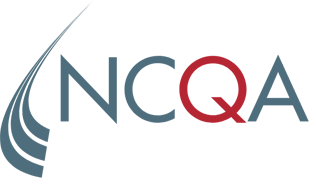There is an error in the manual. In Table CWP-C: Antibiotic Medications,
in the row First generation cephalosporins, the drug Cephradine should not be in the table,
in the row Macrolides the drug Erythromycin estolate should not be in the table,
in the row Third generation cephalosporins, the drug Cefditoren should be included in the table.
These errors will be corrected in the September 2012 release of the MY 2012 manual.

